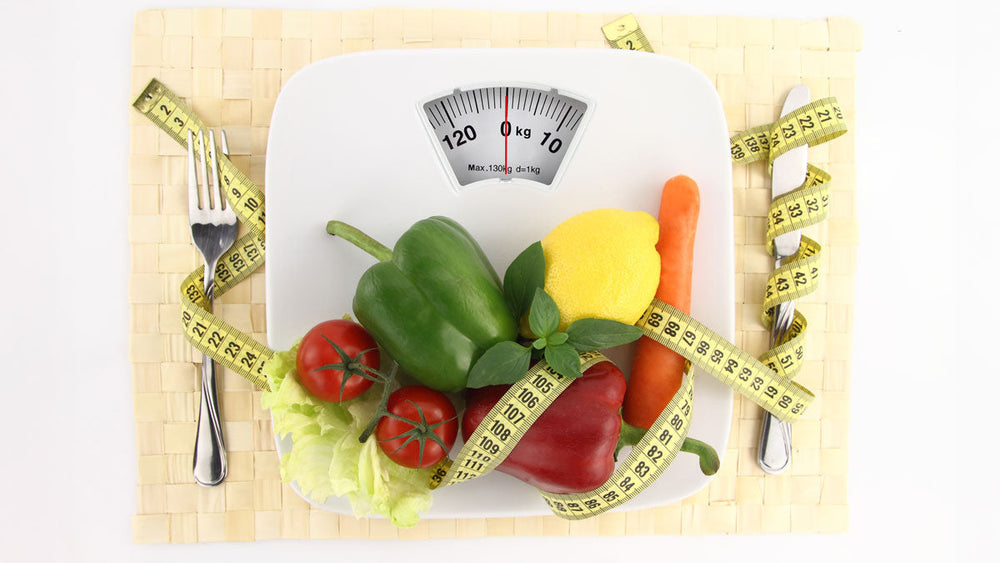Our eating habits form during early childhood and continue to track until the beginning of adulthood.
Welcome back. As I mentioned in Part 1 of this series- some families have selective eaters (I don’t use the word “picky”), some have allergies or intolerances and some of us just feel lost. Hopefully, the information in this series will help to relieve feeding time stress.
What if my kid won’t eat it?
It might be hard to accept at first, but that is their choice. Your job is to offer the food on a regular basis, the child can choose to try the food or not. If your child declines the snack option, do your best to stay neutral and don’t offer other alternatives. A simple, “OK! We will have some other options at lunchtime. Let’s get ready for a walk now” is all you have to say.
What if my kid keeps asking for fish crackers?
It’s up to you to decide when those are available! That’s the beauty of the planned, balanced snacks. Fish crackers certainly have a place on the plate. But it’s up to you to decide how many and how often. When you don’t want to offer them, a “those aren’t on the menu today” or “that’s not an option for this snack, but I’ll keep it in mind for the next one” is a reasonable response. Will you see tears and tantrums? It’s possible. But hopefully, with planning and practice the tears won’t last for long.
Safe foods and new foods
When planning meals and putting this method into practice, keep two things in mind. Safe foods and new foods. Safe foods are just that. The foods that your family will eat comfortably at pretty much any meal. New foods are, well, new foods. We tend to offer newer foods, like vegetables and proteins, at dinnertime. Safe foods are served all day and then dinner rolls around and the child is given a full plate of food that looks, smells and tastes funny. Sounds like a recipe for disaster, doesn’t it?
Exposure to foods is key. It can take a minimum of 10-16 exposures before a new food is accepted. Likely more for many kids! Try offering safe and new foods as part of each meal. You don’t have to go crazy cooking and food prepping. Have leftover green beans from dinner the night before? Serve one with lunch. Offering tuna sandwiches for lunch? Cut the sandwich in a different shape. Exposure helps. When planning your meals, include 1-2 safe foods with every meal.
What if we have allergies, intolerances, or never all eat the same meal?
This one is tricky, because you don’t want to sign yourself up to be a short order cook. The good news is that you don’t have to. You can work towards all eating one meal, even if you are having different components. When using the sDOR method, you can serve food family style, and everyone can choose which foods they want on their plate.
That way if you have some family members who need gluten free bread, they can choose that option freely. It comes back to planning. If you decide to offer two vegetables with dinner, you can choose to offer one that works for some members of the family and one that works for others. Family style eating often leads to less food waste and more pleasant mealtimes, too!
Changing the way, we talk about food
The conversation around food is complicated. How often do you find yourself telling your child to “take one bite…try a bite…have one bite…JUST TRY IT!!!” before giving up and just throwing it all away? Do you refer to yourself as a picky eater or refer to your kids as picky eaters? I don’t use the word “picky” to describe kids or adults and their food choices. I honestly can’t remember if I ever did, but when my son (now 8.5) was about three years old I overheard him call himself a picky eater and he sounded so sad and disappointed in himself.
At that moment, I decided to really focus on the sDOR method to help him feel more confident in his food choices. We changed our language around food to say things like “I don’t like that, yet” or “I’m still learning to like that food”, or “that one is new for me, I’m going to try it some other time”. The change in language gave him more confidence to say yes or no to foods that work for him and since adopting this language and focusing on this method, he has increased the number of foods he eats significantly.
Other considerations
- Serving food family style gives kids (even toddlers) confidence and ownership. If you are comfortable trying this, kids love to serve themselves!
- Bring your kids in the kitchen with you. We are much more likely to try foods in a low-pressure situation than when they are tired or overwhelmed by new foods at dinner.
- Give your kids age-appropriate kitchen jobs! Tasks like washing fruit, spinning salad greens, unloading the dishwasher, and even chopping vegetables are all age appropriate with the right tools and practice.
- Food is food. Try not to talk about foods as “good” or “bad”. This is a doozy of a topic, but for today, just keep this idea in your back pocket for yourself and your children. Food gives us energy to do all the things we need and want to do. Some food gives us more energy than others and there is a place for it all. Food is food.
- Neophobia, the fear of new foods, is real. Have patience and remember that trying new foods is a process. I don’t remember eating kale chips as a kid, but I do like them now.
- Give it time and give yourself grace. Feeding a family is hard work!
When having meals with your kids, focus on enjoying your time with them. Be confident in the choices you’ve made of what, when and where to serve your kids. Eat and enjoy your own food! I hope it’s still hot.
NOTE: This post is not meant to be a substitute for medical advice. Please reach out to your pediatrician or a feeding therapist in the case of serious health or feeding issues.
sDOR method © 2022 by Ellen Satter. www.EllenSatterInstitute.org
For more about following sDOR at every age, see the Feeding with Love and Good Sense booklets.
For more about the evidence, see The Satter Feeding Dynamics Mode




















Comments
Join The Conversation...